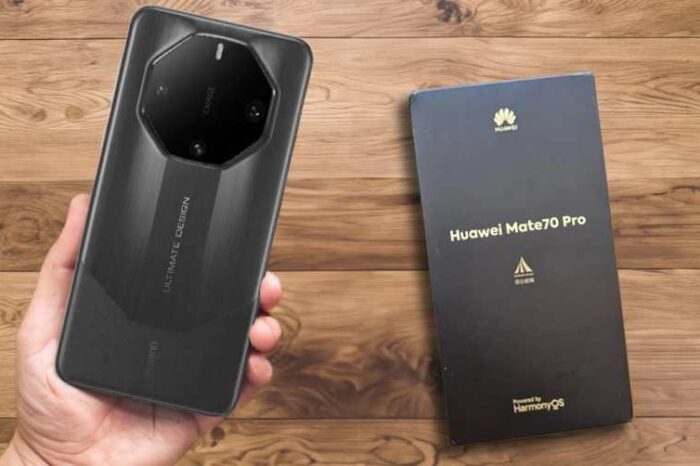Snopes caught lying that missing Titanic submersible was using Elon Musk’s Starlink satellites; edited article after backlash

Popular fact-checking website Snopes found itself in hot water on Tuesday after publishing an article titled “Was the Missing Titanic Submersible Using Satellites from Elon Musk’s Company?”
In what many considered a hit piece, Snopes took a jab at Elon Musk’s Company. The controversial article caught the attention of readers and raised eyebrows within the Twitter community. The incident sparked discussions about journalistic integrity and the importance of accurate reporting in today’s media landscape.
The article appears to insinuate that the OceanGate Titanic exploration submersible, which lost contact with its surface support vessel on Sunday, disappeared due to a failure in Starlink, Elon Musk’s satellite network.

However, after Snopes’ Twitter account shared the article, a passionate response from the Twitter community promptly debunked it. The note from the community shredded the article, pointing out that while OceanGate does utilize Starlink services, they are primarily used for their surface vessels, not their submersibles.
The Twitter note also clarified a crucial fact that radio frequencies, like those employed by Starlink, do not function underwater. It’s evident that the article missed these important details, leading to its subsequent dismantling by knowledgeable Twitter users.
“Starlink operates in the 10.7 to 12.7 GHz band. [radionavlab.ae.utexas.edu/wp-content/upl…] Penetration depth of 2.45GHz in water is <8cm and falls off with increasing frequency. [cober.com/wp-content/upl…] Therefore, Starlink cannot be used to communicate with an underwater submarine,” the note states.
https://twitter.com/Kristennetten/status/1671532327120273410
“Starlink doesn’t offer satellite 📡 internet connections for deep sea water vessels, it’s also not even possible underwater, only surface buoyant ships use Starlink. This is how we know communication with the diving vessel is dark, a Starlink dish on the Oceangate surface ship, sent the info out to an orbiting Starlink satellite that the Oceangate ship & whatever tech they employee, lost communication with it’s own vessel deep-sea vessel via Oceangate’s choice of deep-sea underwater communication, tech that is not Starlink affiliated,” Twitter user Kristennetten tweeted.
Correct
— Elon Musk (@elonmusk) June 22, 2023
Following the backlash and criticisms received, Snopes quickly edited and appended at the bottom, stating:
“This fact check was amended to address the legitimacy of claims that the submersible itself used Starlink during the exhibition, not whether its company did. While it was true that Oceangate and Starlink worked together during the expedition, it was unknown if, or to what extent, the submersible itself relied on Starlink’s technology.”
Consequently, the article was revised and changed to “Unproven,” indicating that the claims made in the original piece lacked conclusive evidence. This modification reflects Snopes’ effort to rectify the inaccuracies and provide a more balanced and fair assessment of the situation.

The news came two years after Snopes’ co-founder was fired for mass plagiarism. In 2021, Snopes secured $1.7 million to fight a series of lawsuits filed against them by a former tech vendor.
This revelation adds another layer of scrutiny and raises concerns about the credibility and ethical standards of the organization. The timing of these events has undoubtedly impacted Snopes’ reputation and sparked discussions about journalistic integrity and the importance of originality in reporting.




